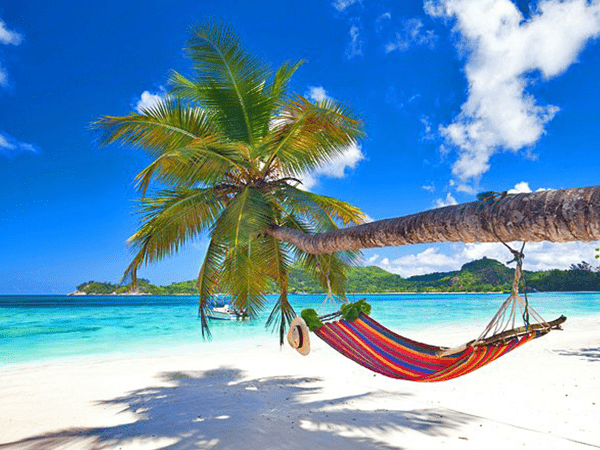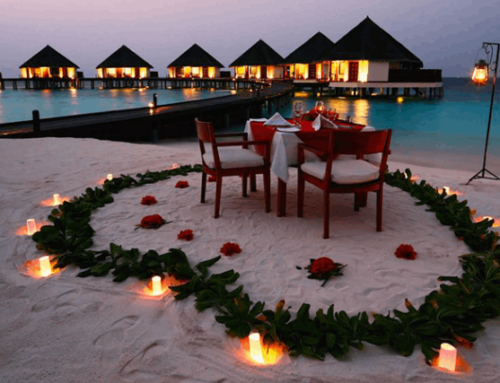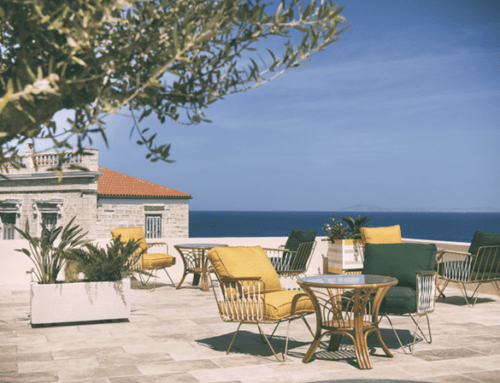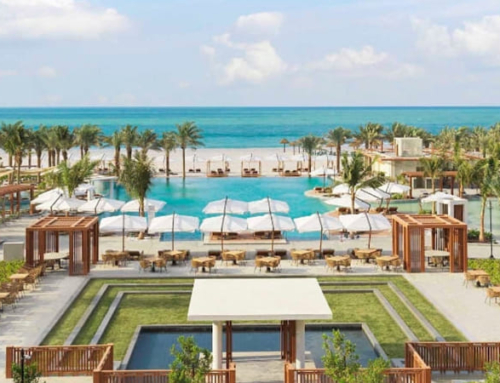
Your ‘best bet’ destinations for a winter sun holiday this year
As the vestige of European summertime slips beyond the western horizon, our thoughts traditionally turn towards the prospect of winter sunshine. Perhaps a little Bajan calypso? A touch of shopping in Dubai? And now, mojitos in Havana?
Yet never in recent times has it been so hard to predict what will be available.
Not only do holidaymakers face closed destinations due to coronavirus but also added uncertainty of whether they will face quarantine upon returning home. Meanwhile tour operators are facing an existential crisis, pointing their fingers squarely at the government for creating disarray with the musical chairs of travel corridors and the unnuanced approach in deciding where it is safe to travel. This, tour operators say, is sapping consumer confidence.
Things started promisingly early summer. Demob fervour was in the air when travel corridors were announced. Britons scrambled to the beaches of Croatia and Spain before triumph and despair in equal measure intervened. Those preferring sardines grilled on an Algarve barbecue rather than metaphorically condensed on a Bournemouth beach rejoiced at Portugal’s belated opening, yet the indiscriminate bombardment of FCO advisories prompted Dunkirk-like retreats by beleaguered holidaymakers trying to dodge quarantine.
An inability to create a system of testing upon arrival to curtail quarantine times of 14 days has driven these unholy scrambles back to Blighty.
To date, 17 countries have been removed from the corridors list, and seven added. At times this flux seems unfathomable. Using the government’s key indicator – seven-day case-rates per 100,000 – with 20 the suggested threshold, France (41.2) was removed as a corridor yet Gibraltar (currently 100.9) remains. The Seychelles is included yet Britons are not allowed to visit it. While our perennial winter favourites, the Canary Islands, were lumped into Spain’s corridor removal despite a significantly lower rate of infection than the mainland and direct flights to the islands.
The Canaries have fallen foul of Foreign & Commonwealth Office (FCO) advisories that before coronavirus operated as a traffic light system of risk, indicating via zones of red, amber, and green where it was safe to travel within a country. This has been abandoned for a one-size-fits-all approach with negative FCO advisories now categorising all parts of a country as red for danger.
Many traditional winter favourites remain off-limits to travellers, such as Florida, arguably less safe than Somalia at present, both less hazardous than Rio. And travellers must get used to obtaining negative PCR coronavirus tests before travelling. As with Dubai – which is not on the corridor list despite having a lower case-rate than French Polynesia, which remains on it.
Casting around the globe for winter sun, Thailand’s beach resorts are hugely popular with Britons yet currently closed for non-essential journeys. Rumours, however, fuelled by their ministry of tourism last week suggest a phased reopening labelled ‘Safe and Sealed’ to be trialled in Phuket as early as October, although it’s not known if Britons will be permitted among the first arrivals.
Likewise, Sri Lanka’s heavenly tropical beaches are popular for family winter breaks, and it has no FCO advisory, yet, despite a low case-rate of 0.3/100,000, it has not been granted a travel corridor. Holidaymakers currently require 14-days quarantine both upon arrival there and after returning home.
The dreamy atolls of the Maldives are open albeit with another unnuanced FCO advisory. They have a high case-rate (179.1/100,000) yet centred around the capital, Male, and not the islands, which have been declared free of Covid-19 before opening.
But when you go on holiday to the Maldives you don’t spend any time in Male, you go straight from the airport to either a hotel speedboat or a private lounge at the seaplane terminal. As one-hotel-one-island destinations, each resort is able to take hygiene protocols into their own hands.” Around 146 of its 156 island resorts will be open by late October.
Meanwhile, there are largely dark clouds on the horizon if you’re thinking of a sunshine vacation in the Americas or Africa.
Latin America’s best bet might be Costa Rica, nature’s renowned eco-paradise. They opened to British visitors on August 1 with arrivals not required to quarantine – just provide a negative coronavirus test taken 48 hours before travelling instead. Its national parks and hotels are restricted to operate at 50 per cent to allow social distancing. Costa Rica is not a travel corridor, yet without mass-market American tourism there might never be a more uncrowded time to see the country. British Airways resumes flights from October 27.
In Africa, winter sunshine breaks in the Cape are in the balance as South Africa remains closed, despite rumours this may change soon. Likewise, firm winter sun favourite, The Gambia, currently insists upon a 14-day curfew upon arrival – not too far removed from what most sunseekers do anyway, lounging on sunbeds at all-inclusive resorts.
Egypt is a similar source of bafflement to the travel sector. Its case-rate is a minimal 0.9, yet no corridor is in place. Not even to the Red Sea resorts of Sharm-el-Sheikh and Hurghada. EasyJet will commence flights to Hurghada from September 2nd.
If this round-up has driven you to reach for the Prozac, hold on, as a beacon of light this winter may be the Caribbean.
Ten Caribbean islands have travel corridors and retain low case-rates, and the islands have all developed individual strategies to win back customer confidence – most require travellers to bring a negative test result taken 72 hours before travel.
Discover By Category
Holiday Types
...
Destinations
...


